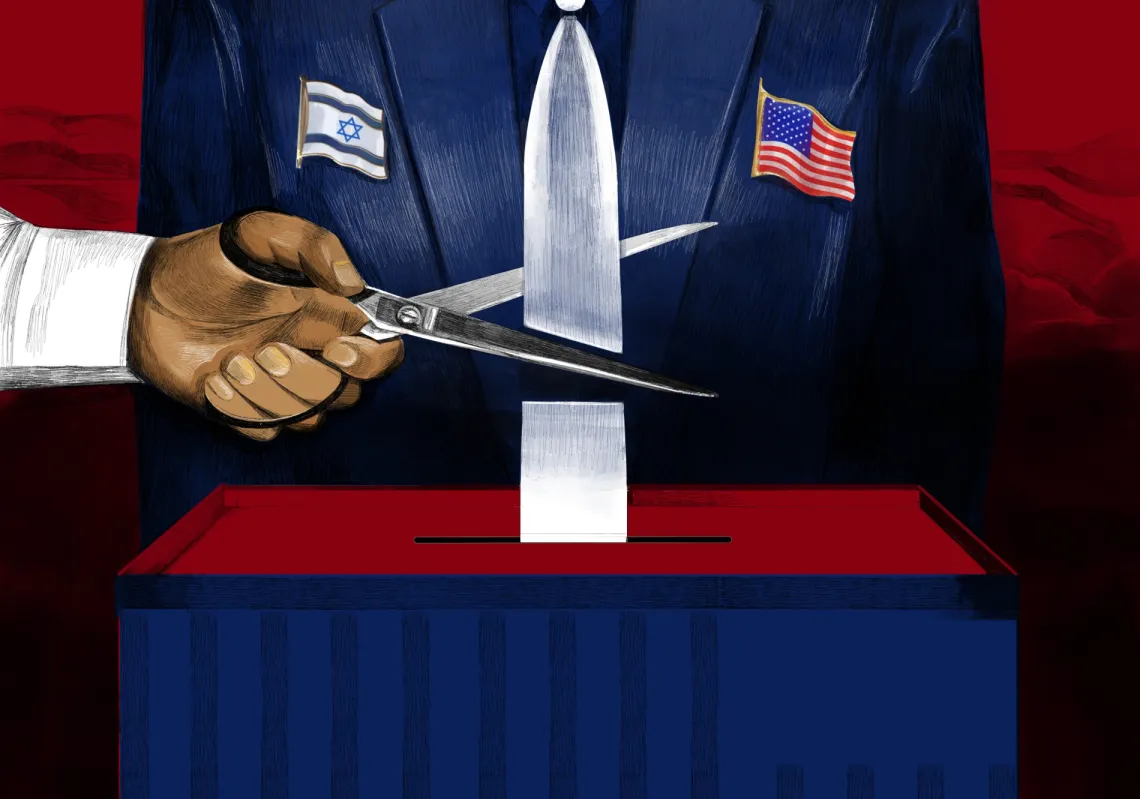By Linda Robinson
The book includes comprehensive interviews with Petraeus and his subordinate commanders. It is considered the only book that ties together military operations in Iraq along side the political dilemma that led the country to the brink of civil war. Complete with dramatic battles, confrontations, and shrewd analysis, the book tells the full story of the Iraqi War and lays out the options that are facing the president.
The author, Linda Robinson, who is currently author in Residence at the Merrill Center for Strategic Studies of the Johns Hopkins School for Advanced International Studies, has made extended reporting trips to Iraq and Afghanistan since 9/11. She also wrote a book about the U.S. Army Special Forces, Masters of Chaos, which was a New York Times bestseller. She received the Gerald R. Ford Prize for Reporting on National Defense in 2005. Robinson has reported on military, national security and international issues for U.S. News & World Report and was Senior Editor at Foreign Affairs magazine.
This is a book about military strategy and tactics and a detailed account of the Iraqi war from an eye witness. Robinson describes in exacting detail the tactics used by field officers in the battlegrounds of Iraq. It provides an analysis of the war since its beginning in 2003 stating the strategic mistakes and the innovative tactics of counterinsurgency adopted by Gen. Petraeus. General Petraeus, who has a Ph.D. in international relations from Princeton, surrounded himself in Iraq with junior officers as analytical, and as driven, as he is.
Robinson believes that no number of American troops would make a lasting difference unless they could affect the Iraqis’ own political calculations. She supports Petraeus’s preference for a gradual draw-down of forces as the Iraqi Army assumes control of ground-level operations. Robinson leaves the reader feeling that however the war turns out Americans should be grateful for David Petraeus.
"Tell Me How This Ends" tackles the reasons behind the improving security situation in Iraq as a result of the surge (the increasing of American troops) in 2007. But Robinson brings out several additional factors such as the cooperation between Petraeus and Crocker (the US ambassador in Iraq). Even more important was the change in military strategy that took place under Petraeus. His goal was to provide security for the population, giving Iraqi politicians the chance to build a functioning government and economy so he changed the military's top priority. He directed his forces to ally with local Sunni and Shia leaders, and he stationed U.S. forces in Iraqi communities to provide security and build relationships.
Linda Robinson describes the three distinct phases of the battle for Baghdad; the conventional assault on Baghdad and the collapse of the government that resulted. The rise of insurgency, and General George Casey's failed attempts to suppress it. And the dramatic change in strategy brought in with Lt. General David Petraeus in 2007. Robinson uses key figures and incidents to build up a dramatic examination not only of the war in Iraq, but of the rapidly changing face of modern warfare. This important book will be relevant for anyone interested in military history and the Iraq War.
In the end, Robinson is optimistic about Iraq's future but cautious about the fragility of its political climate. And though she clearly admires the job Petraeus did in Iraq before he moved on to head the U.S. Central Command, she is not entirely certain how historians will view him. If the war leads to reasonable stability and gradual reconstruction, she suggests, he will be compared to Gen. Matthew Ridgway, who managed to push back the Chinese and eke out a stalemate on the Korean peninsula. But if Iraq comes "undone despite all of the toil and sacrifice," Robinson concludes, "then Petraeus will inevitably be compared to Gen. Creighton Abrams, whose efforts and innovations did not ultimately save the United States from defeat in Vietnam."








